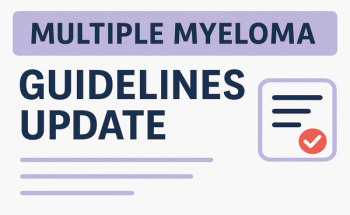
|Articles|December 4, 2020
Lurbinectedin: NCCN Guidelines
Advertisement
Newsletter
Stay ahead of policy, cost, and value—subscribe to AJMC for expert insights at the intersection of clinical care and health economics.
Advertisement
Latest CME
Advertisement
Advertisement
Trending on AJMC
1
AbbVie Joins Trump Drug Pricing Effort, Pledges $100B in US R&D Investment
2
Medical Debt Emerges as Risk Factor for Housing Instability
3
OpenAI for Healthcare Aims to Streamline Clinical Workflows, Reduce Administrative Burden
4
Recurrent Thymoma With MG Effectively Treated With Methylprednisolone
5





























































